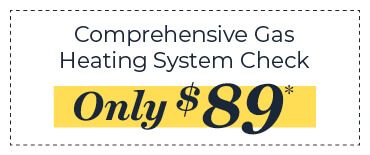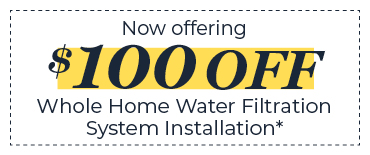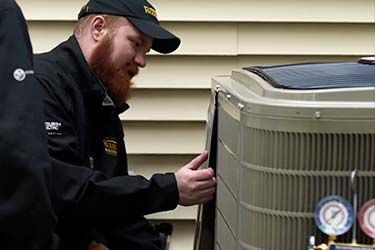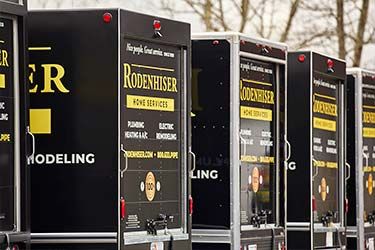

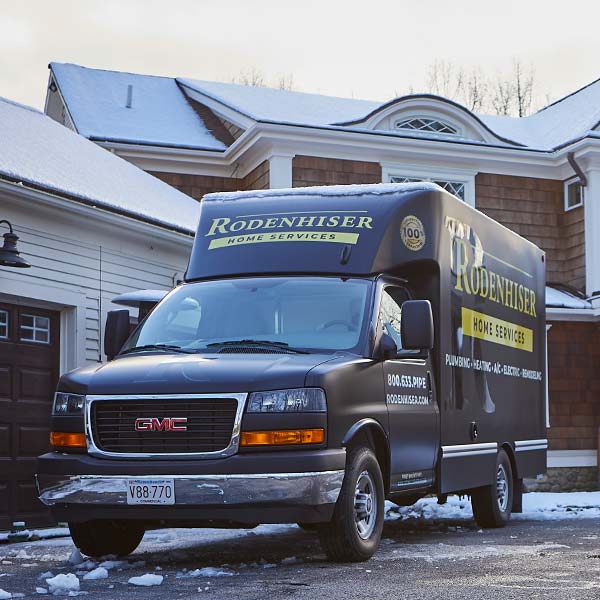

Choosing Insulation for Your Southeastern Massachusetts Home
Every homeowner should have winter preparation on their fall to-do list, including making sure your house is well-insulated and prepared for the cold. Choosing insulation that fits your need will keep your home warm and energy-efficient this winter.
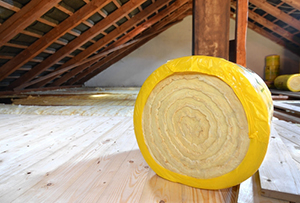
There are several factors to consider when choosing insulation for your home. The cost of the insulation itself is a factor, as is the cost of installation. Some types need to be installed by an experienced technician, but others can be safely installed as a do-it-yourself project. Each type of insulation also has a different R-value, which is the measure of the resistance to heat transfer. The effect that an insulation's manufacturing process has on the environment can also be a factor to consider, along with the impact on indoor air quality.
- Fiberglass is a well-known insulation. It's cost-effective, but installation can be harmful and needs to be performed by a technician.
- Mineral wool is another option that may impact indoor air quality because it contains formaldehyde. However, the product is manufactured mostly from recycled goods and has a low environmental impact. The product itself is expensive, but lasts longer than some other types of insulation.
- Made from recycled paper, cellulose doesn't require much energy in the production process or in the breakdown of the product. It needs to be packed tightly to prevent the transfer of heat on exterior walls, and installation can be expensive.
- Cotton is another insulation produced from mostly recycle material. It costs more than fiberglass, but the installation is easy and doesn't affect the air quality of your home.
- One of the most efficient types of insulation with a low heat transfer is foam insulation. The manufacturing process of this product is more harmful to the environment than other products. Cost varies depending on the type of foam installation; there are three different types suitable for different moisture levels and R-values.
To learn more about choosing insulation and gearing up for winter, contact Rodenhiser Plumbing, Heating and Air Conditioning. We proudly serve the home comfort needs of homeowners around the Route 495 area and surrounding areas.
Image via Shutterstock.com
Nice people.
Great service.
Since 1928Terms & Conditions | Privacy Policy





Read From Over 14,000 Happy Customers
-
Both Alex and Patrick were knowledgeable, courteous, and professional. They made a change that might have solved the recent problem and have structured a more complete solution. We agreed to this...

-
Mike was thorough, thoughtful and considerate. Covered their shoes before entering, surveyed my issue and provided an explanation of the services and costs. Great Job!

-
Alex did a great job providing an explanation of the services provided and went out of his way to offer assistance/advice on other issues outside of our scheduled maintenance visit.

-
Brian did an excellent job inspecting our 18-year old boiler and replacing some of the accessory hardware that needed it, he also adjusted the outgoing hot water settings for our radiators and...

-
Rodenhiser is my one stop shop!!! They take care of my HVAC, electrical, and plumbing issues & are always helpful addressing any questions I may have about the systems in my house! Everyone...

-
Chris G. and Nick V. showed up bright and early at 8am to fix my water heater issue. They were on time, polite and were able to fix an issue that has been plaguing my house for a good year. They...

Call Rodenhiser at
1-800-462-9710
Call Rodenhiser at 1-800-462-9710
When you are looking for plumbing, electrical, heating or air conditioning in the Route 495 / 128 area, you will be delighted that you called Massachusetts' trusted choice since 1928.
With a total dedication to professional workmanship and excellent service, discover why families and businesses continue to trust Rodenhiser after generations of service

Trusted Plumbers
Fast, On Time
HVAC Experts
Satisfaction Guaranteed
Expert Electricians
Maintenance Plans
CONTACT RODENHISER TODAY
325 Hopping Brook Rd Holliston MA 01746.
-
Master Plumber: #10961
-
Corporate Plumbing: #2288
-
Master Electrician: #23917A
-
Electrical Business: #4804
-
Master Sheet Metal (Unrestricted): #5867
-
Corporate Sheet Metal: #641
-
Home Improvement Contractor: #188806
*Heating system check terms and conditions: Residential Only. Must reside within our service area. Offer only available to 1 unit per household additional units are at full price. Can not be combined with other offers
*Late Season Special Extra Conditions: Gas Systems only. No Discounts on oil systems. Promotional price limited to one system per home, additional systems will be charged at full price. Residential Systems only. Must reside within our service area. *For EV Charger Offer also: valid only when the system is purchased through Rodenhiser.
